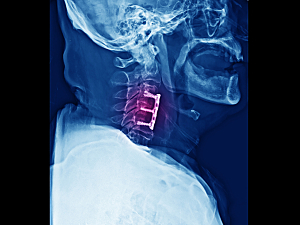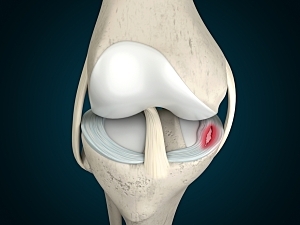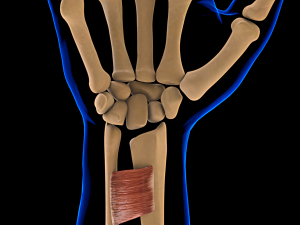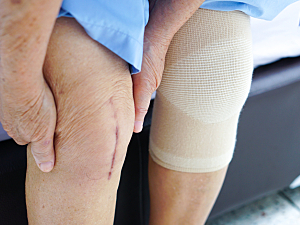Cost of Anterior Cervical Decompression and Fusion Are Highly Variable in Healthcare Systems

Hospital costs associated with anterior cervical decompression and fusion (ACDF) are highly heterogeneous. Andrew K. Simpson, MD, MBA, MHS, the Department of Orthopaedic Surgery at Brigham and Women’s Hospital, and colleagues conducted the first rigorous analysis of the relative drivers of ACDF costs.
Read More...







